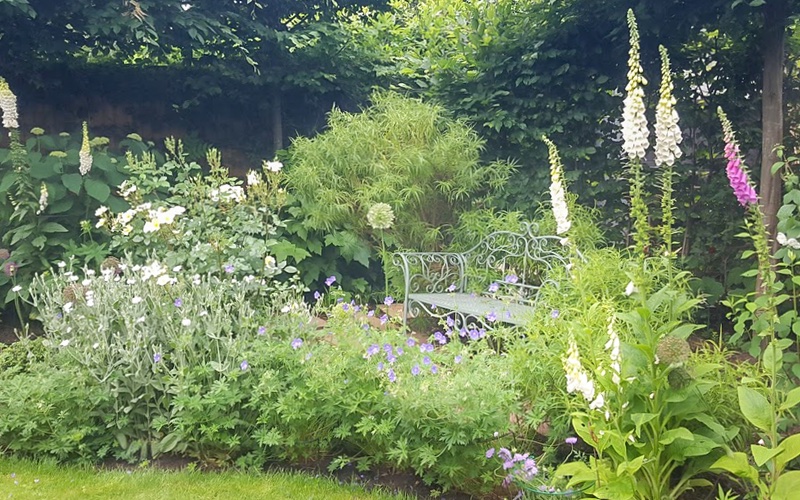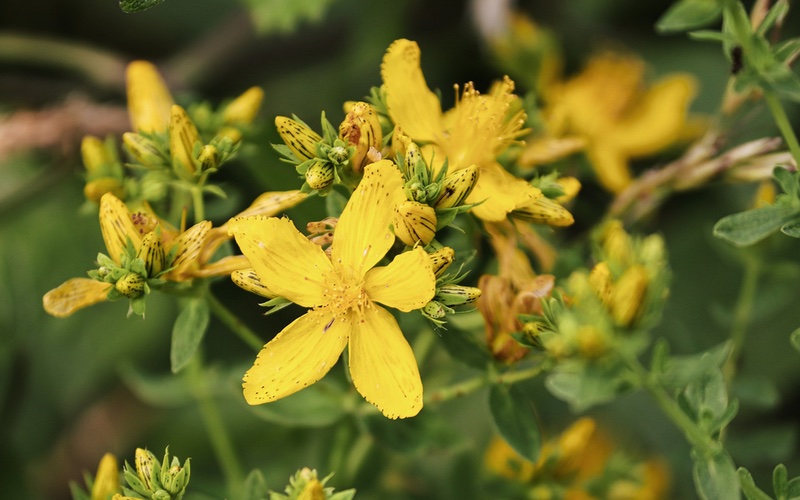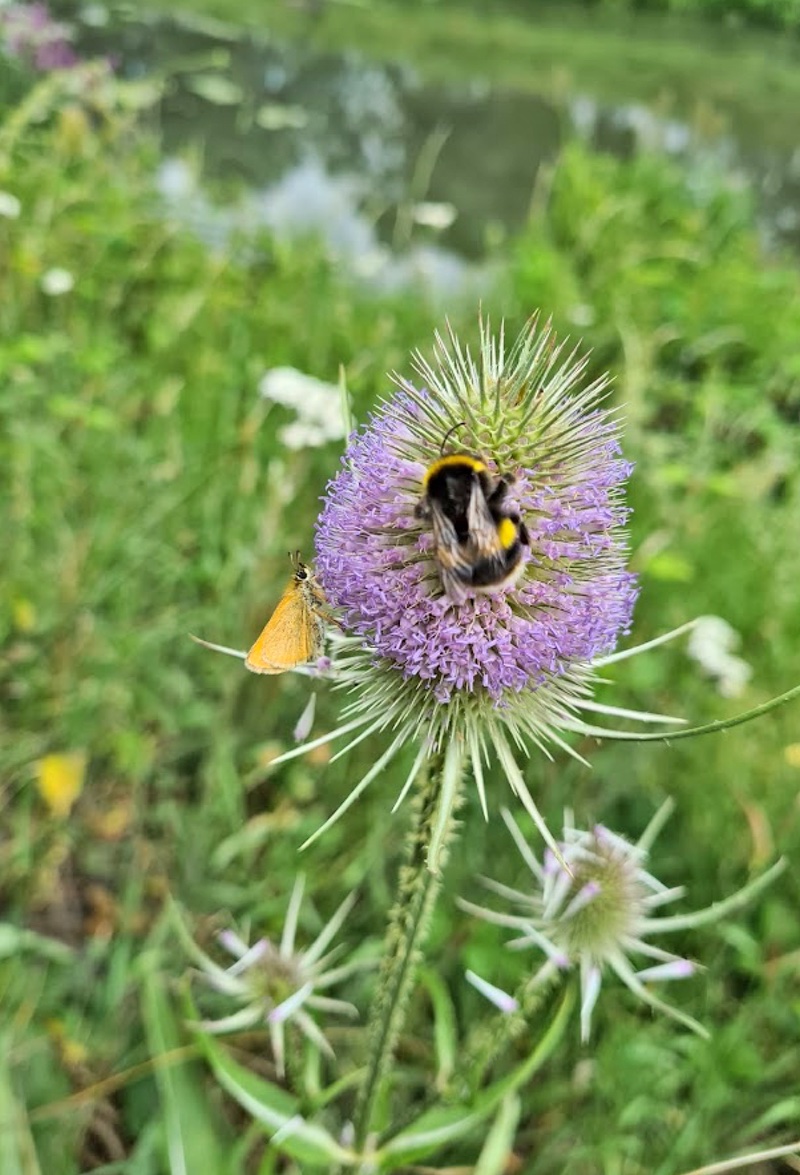THE LANDSCAPING SOLUTIONS BLOG
Welcome to our Blog. Inspiration, updates and industry trends from the team at Landscaping Solutions.
REGENERATIVE GARDENING
Landscaping Solutions MD Ben West reminds us of the beneficial impact we can have on a garden’s biodiversity with thoughtful intervention.

An example of a biodiverse garden by Landscaping Solutions.
Hypericum perforatum, or ‘St John’s Wort’, is a common wildflower used traditionally as a wound herb and more recently as a treatment for depression or a general tonic for lifting the spirits. The plant is named after John the Baptist who is said to have been born six months before Jesus of Nazareth on 24 June and is venerated in the Christian faith as the one who prepared the way for Christ the Redeemer to carry out his work.

The common wildflower Hypericum perforatum, or ‘St John’s Wort’.
How fitting, then, that on St John’s Day I had the most uplifting and redeeming experience of an otherwise tumultuous year when I tuned in to an online lecture by Fergus Garrett on the subject of biodiversity at Great Dixter House in Sussex. I came away healed, hopeful and with a sense that his vision could prepare the ground for our work as ‘regenerative gardeners’.
Between 2017 and 2019, Fergus commissioned a biodiversity audit of the Dixter estate in order to confirm his hunch that the gardens represented a special place for wildlife and inform his team of how best to manage the land going forward. The audit uncovered a range of interesting findings, the most important, in my opinion, being the discovery that the abundance and variety of life in and around the house and gardens outweighed that of the estate’s hedgerows, meadows, woods and farmland.
The gardens harbour a number of nationally rare and scarce bees, wasps, hoverflies, moths and spiders. One of the ecologists proclaimed the gardens to be one of the most biologically rich sites he had studied in 30 years of surveying. So, what are they doing right at Dixter?
In my last article for the Landscaping Solutions blog, I wrote of the University of Sheffield’s ‘BUGS’ project which studied factors influencing biodiversity in gardens. The BUGS team discovered a number of recurring garden features which increased the quantity and variety of species. All these features are present at Dixter. There is an emphasis on refraining from chemical use and over-zealous mowing. Composting is championed, along with the creation of brash piles and provision of standing dead wood.

Ponds, water courses and a little untidiness not only add an aesthetic charm but also provide a practical habitat for wildlife.
The garden is famous for its successional planting providing early spring flowering fruit trees, a long-lasting summer mix of natives and exotics and diverse late season pollen and nectar sources. Hard structures have lots of nooks and crannies in which insects, birds and mammals can find shelter and raise young. Ponds and water courses are present and, crucially, there is recognition that ‘untidiness’ adds aesthetic charm as well as practical habitat.
The garden at Dixter is a dynamic and intensely managed landscape in a constant state of change. Man-made change. There is a pervading sense that, for wildlife to thrive, human intervention should be kept to a minimum. The hand of man is generally thought to be a destructive one. However, Dixter highlights humanity’s beneficial influence on the health of the planet and how thoughtful horticulture has a key role in improving biodiversity.
It’s easy to dismiss mankind as a plague on the face of the planet, but examples like Dixter remind us of the positive nature of our position in the web of life and how important gardens and gardeners are to how the picture might pan out. Which impressions will we choose to leave on the canvas of the twenty-first century? The current background is a Turneresque tempest. Will we overlay this with a depiction of the gates of hell or the Garden of Eden? The choice is ours.
Thanks and gratitude to Helen Gazeley for directing me toward the Dixter lecture. Watch it yourself here: www.vimeo.com/ondemand/biodiversitygreatdixter